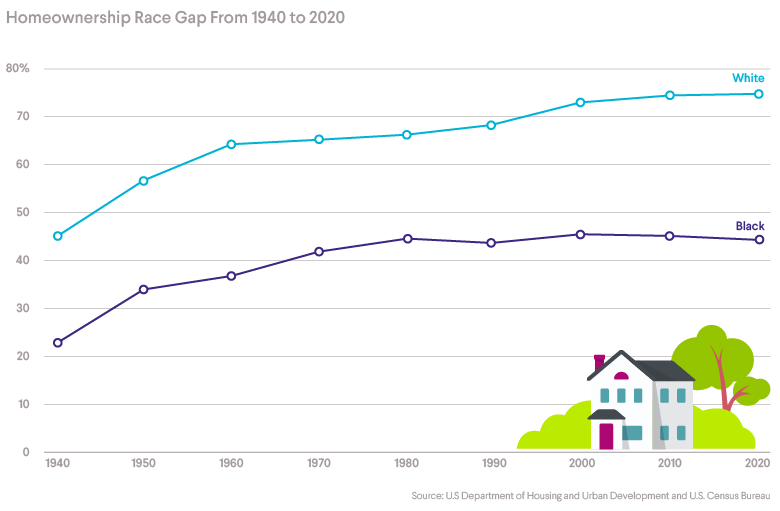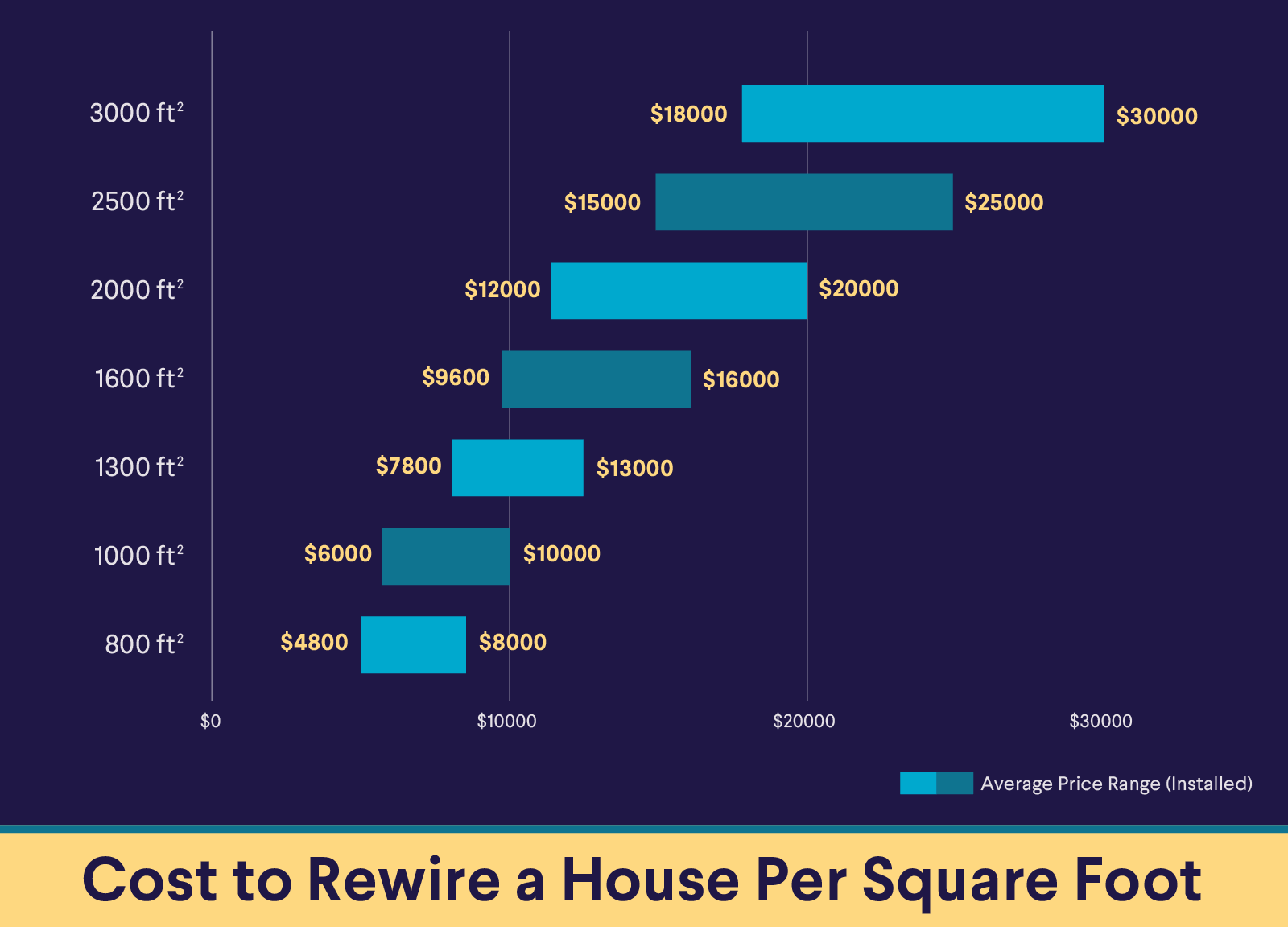How Mortgages Can Affect Your Credit Score
Taking out a home mortgage can be one of the biggest financial decisions you make. While some people can, it’s uncommon to pay for a house entirely with cash. Most people put some money as a down payment and then take out a mortgage for the rest of their home’s purchase price. But before you sign on the dotted line, you’ll want to make sure you understand how a mortgage affects your credit score.
The good news is that, as long as you regularly make your mortgage payment on time, having a mortgage can help your credit score. You may see a slight negative impact to your credit when you first apply for a mortgage, since the lender will likely pull your credit report. But after that, your mortgage will generally have a positive impact on your credit score, assuming you’re consistently making on-time payments.
Recommended: When Are Credit Card Payments Due?
Does Having a Mortgage Help Credit Score?
One of the mortgage basics is that in exchange for an upfront payment (generally used to purchase a home), you’ll make regular monthly payments to your lender for a specified period of time (often 30 years). Having a mortgage on your credit report can help your credit score in two ways. First of all, making your mortgage payments on time each month helps show a positive payment history. Another way that having a mortgage can help your credit is by diversifying your credit mix, which is another factor that makes up your credit score.
How Mortgage Application Impacts Credit Score
The process of applying for a mortgage can impact your credit score in a variety of different ways. Here’s a closer look.
Situations Where It May Hurt Your Credit
When you apply for a mortgage, your lender will usually do a hard pull on your credit report to assess your overall creditworthiness. The number of recent inquiries on your credit report is a negative contributing factor to your credit score, so you’ll want to limit the number you make within a certain window of time. One way to do this is to wait to apply for a mortgage until you are sure you have a sufficient credit score needed to buy a house.
Recommended: What is the Average Credit Card Limit?
Situations Where It May Help Your Credit
It can be smart when applying for a mortgage to work with different lenders to find the right lender for your situation. One piece of good news is that multiple mortgage-related inquiries in a short period of time usually will only count as one inquiry. So if you’re working on establishing credit, you won’t need to worry about multiple inquiries from different mortgage lenders pulling your credit report, as long as they’re all within the same window of time.
How a Mortgage Can Affect Your Credit
Beyond applying, there are a number of ways that having a mortgage can affect your credit. When you get a mortgage it can help your credit score, but it can also hurt it.
Hard Inquiry When You Apply
One of the factors that makes up your credit score is the number of recent hard inquiries you have. Any time a potential lender conducts a hard pull of your credit report, it can cause a temporary drop in your credit score by a few points. This drop usually goes away after a few months, but it’s something to be aware of.
Paying Your Mortgage On Time
One of the biggest factors that affects your credit score is your payment history. So if you have a mortgage and regularly pay it each month, that can make a positive contribution to your credit score. This is one reason it’s important to make sure that you don’t take out a mortgage that you’ll have trouble paying each month.
Late Or Missed Mortgage Payments
Because your payment history is such a big part of what makes up your credit score, late or missed mortgage payments can have a large negative impact on your score. Potential lenders look at your credit report to get an idea of how likely you are to repay your debt obligations, so having late or missed payments can be a red flag to future lenders.
Improving Your Credit Mix
A lesser-known but still important part of what makes up for your credit score is your overall credit mix. Generally, it’s considered a positive sign if you have a variety of different types of loans on your credit report. This includes credit cards, auto loans, mortgages, personal loans, etc. Adding a mortgage to a credit report that doesn’t have one helps diversify your credit mix.
Changing Your Average Age of Accounts
Another factor that makes up your credit score is your overall average age of accounts. Potential lenders like to see a lengthy history of you responsibly using the credit that’s been issued to you. So while initially a new mortgage will lower your overall average age of accounts, over time it will work in your favor.
Recommended: Tips to Qualify for a Mortgage
Tips for Building Your Credit Score After Buying a House
After you’ve bought your house, here are a few tips to continue building your credit:
• Pay your mortgage in full and on time, each and every month.
• Continue to pay your other debts (like credit cards and student loans) on time each month as well.
• Keep an emergency fund to ensure you can still meet your debt obligations (including your mortgage) even when the unexpected happens.
• Make sure you save enough money to pay your home insurance and property taxes (if your mortgage isn’t escrowed).
• Regularly review your credit report for unexpected or inaccurate information.
• Increase your credit utilization ratio by raising credit limits and limiting debt.
• Limit your new credit inquiries as much as possible.
Recommended: Tips for Using a Credit Card Responsibly
The Takeaway
Having a mortgage can affect your credit score in a variety of ways, but most of them are positive. While you will likely see a small temporary drop in your credit score due to the hard pull from your mortgage lender, that should go away after a few months. Then, as long as you regularly pay your mortgage on time each month, you should hopefully see a positive impact on your credit score from having a mortgage.
Another great way to build your credit can be by responsibly using a credit card. Many credit cards, like the SoFi Credit Card, also offer cashback rewards for everyday usage. If you’re approved for the SoFi Credit Card, you can earn unlimited cash-back rewards. You can use those rewards as a statement credit, invest them in fractional shares, or put them toward other financial goals you might have, like paying down eligible SoFi debt.
FAQ
How long does it take for your credit score to go up after buying a house?
When you get a mortgage (or any type of loan), the potential lender will likely do a hard pull of your credit report. Because the number of recent inquiries you have is a factor that makes up your credit score, this hard pull may temporarily drop your credit score. The good news is that it usually only drops by a couple of points, and even that small effect usually goes away after a couple of months.
How long should I wait after closing to make another big purchase?
You want to be careful about making large purchases or applying for any other credit before you are approved for a loan. This is because your lender and underwriter will be digging into your credit report in detail to make sure your overall financial situation is sound, and they’ll want to know about anything out of the ordinary. After you close on your mortgage, you don’t need to be as careful about making another big purchase, as long as it fits into your overall financial picture.
What credit score is needed to get a mortgage?
There isn’t a specific credit score that’s needed to get a mortgage. Instead, each lender will have its own criteria for approving mortgages. Your overall credit score, your total down payment, and the house itself will all play a role in whether you’re approved, and at what interest rate.
Photo credit: iStock/sturti
Financial Tips & Strategies: The tips provided on this website are of a general nature and do not take into account your specific objectives, financial situation, and needs. You should always consider their appropriateness given your own circumstances.
Disclaimer: Many factors affect your credit scores and the interest rates you may receive. SoFi is not a Credit Repair Organization as defined under federal or state law, including the Credit Repair Organizations Act. SoFi does not provide “credit repair” services or advice or assistance regarding “rebuilding” or “improving” your credit record, credit history, or credit rating. For details, see the FTC’s website .
SoFi Mortgages
Terms, conditions, and state restrictions apply. Not all products are available in all states. See SoFi.com/eligibility for more information.
SOCC1222011






